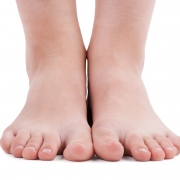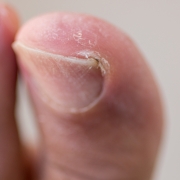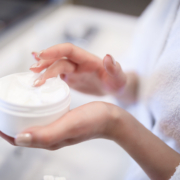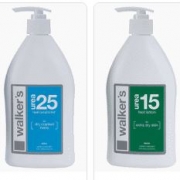As the weather has started to cool for winter we have started to see some chilblains as it is that time of the year. That can also be a bit misleading as chilblains are not technically due to the cold weather, but are due to how the small blood vessels in the foot respond to the changes in temperature from cold to being warmed up.
Chilblains are typically red painful and itchy spots on the toes and other areas of the foot (though they can less commonly also affect the hands, ears and nose). They only appear in the colder climates and are pretty much unheard of in warmer climates. They typically occur when the foot has been cold and is warmed up too quickly for the small blood vessels to react to that change in temperature. This releases chemicals that cause the itch and creates an inflammatory reaction leading to the chilblain. They can become quite painful and break down which might lead to an infection. Repeated exposure to the cold may lead to the chilblain becoming chronic.
The best way to deal with chilblains is to prevent them from happening in the first place. This means making sure the foot does not get cold, so keep on warm socks and closed in shoes. If the foot does get cold, then make sure it is warmed up slowly. Do not put a very cold foot in front of a heat source – warm it up slowly.
If a chilblain does occur, then protect it. Keep it warm. Use some gentle rubbing of it with a cream to stimulate the circulation. Please give us a call and come and see us if you are troubled with chilblains. There is plenty we can do and plenty of advice that we can give.
You can read all the latest research on chilblains at Podiatry Arena, Craigs blog post on beetroot and chilblains as well as an episode of PodChatLive on chilblains.












